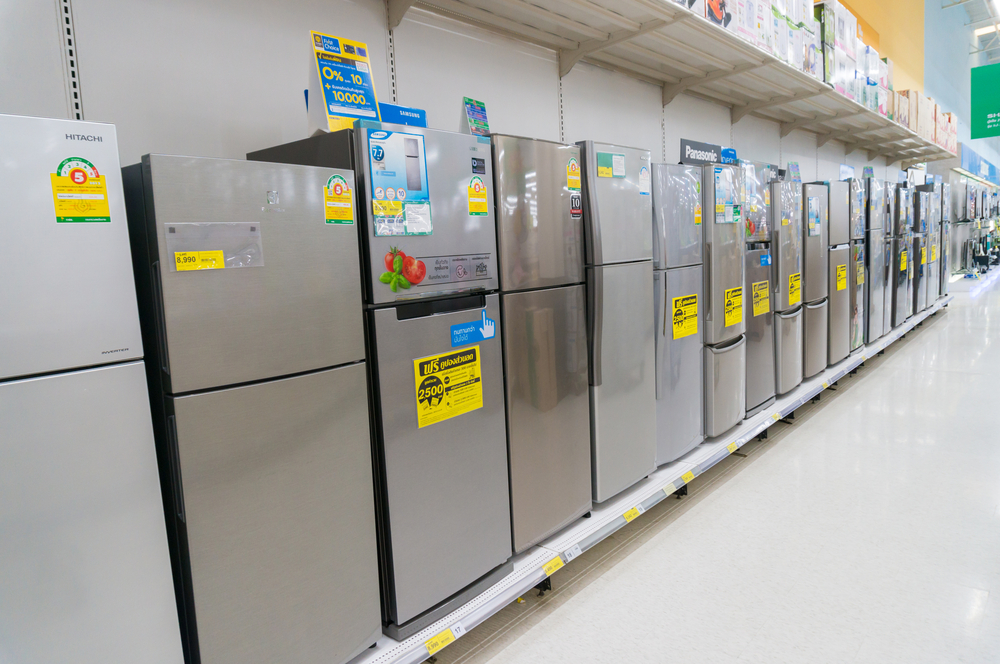Host a Profitable Garage Sale: Smart Tips & Tricks
Turn excess stuff into cash with a well-organized garage sale. This practical guide covers pricing techniques, marketing tactics, and presentation strategies to bring in buyers and boost profits. Learn how to price items, promote your sale online and offline, stage displays for easy browsing, and run the sale day smoothly with tips for negotiating, managing helpers, and handling leftovers.

A successful garage sale clears clutter and fills your wallet, but it takes planning to do both. With smart pricing, targeted promotion, and shopper-friendly displays, you can attract more customers and sell more items. The sections below cover pricing guidelines, marketing ideas, setup suggestions, essential supplies, and day-of logistics so your sale runs efficiently and profitably.
Pricing strategies that draw buyers
Setting prices that feel fair to shoppers while leaving room for negotiation is key. A common rule is to start most household items at about 10–30% of the original retail price, adjusting upward for name brands, excellent condition, or items currently in demand. For antiques, collectibles, or high-end goods, check secondhand marketplaces to find realistic resale values before settling a price.
Use simple visual cues to speed browsing: colored stickers or tags can represent price bands and help buyers spot affordable items quickly. Arrange similar-priced things together so comparisons are easy. Anticipate haggling—many customers expect to bargain—so build some flexibility into your tags. To move stock fast, plan a “late-day” markdown or offer bundle discounts to clear remaining items.
Promote your sale to increase traffic
Good promotion blends old-school signage with online outreach. Place durable, easy-to-read directional signs at major intersections and along routes leading to your neighborhood to steer drivers. Online listings reach a wider audience: post on community apps, Facebook groups, Nextdoor, Craigslist, and local classifieds. Be sure to include the date, start time, full address, and eye-catching highlights like furniture pieces, tools, electronics, or vintage finds.
Write engaging descriptions—mention brands, standout items, or themed bundles to spark interest. Photos of attractive or high-value items significantly increase clicks and visits. If neighbors join in, promote a multi-family sale to emphasize variety; shoppers often seek sales with lots of different offerings in one stop.
How to present merchandise for maximum appeal
Presentation affects how much shoppers buy. Display items on folding tables, shelving, or clothing racks at comfortable heights so people don’t have to bend or crouch. Leave clear, roomy aisles so customers can browse without feeling cramped. Wash and press clothing before you hang it, and organize garments by size or type to make selection easier.
Group products by category—kitchenware, toys, tools, electronics—so buyers can find what they need quickly. Brighten shadowed areas with extra lamps or portable lighting; well-lit items look more inviting. For electronics, set up a small test station with power strips and cables so buyers can verify functionality on the spot. Clean, organized displays encourage longer browsing and often lead to better sales.
Essential supplies and equipment
| Item | Purpose | Estimated Cost |
|---|---|---|
| Folding Tables | Display merchandise | $20-40 each |
| Price Stickers | Mark items clearly | $3-5 per pack |
| Cash Box | Secure money handling | $15-25 |
| Signs/Materials | Direct traffic | $10-20 |
| Change Fund | Process transactions | $100-150 |
Prices, rates, or cost estimates mentioned in this article are based on the latest available information but may change over time. Independent research is advised before making financial decisions.
Managing the sale day smoothly
Start early: serious bargain hunters often arrive between 6 and 8 AM, so aim to be fully set up before your advertised start time. Keep a well-organized change fund and choose a secure method for cash—cash box, money apron, or lockable bag. If you plan to accept cards, bring a mobile card reader, but remember these may have processing fees and require a reliable phone connection.
Recruit friends or family to help with sales, monitoring tables, and answering questions. Rotate breaks so helpers don’t get exhausted, and provide bottled water or light snacks, especially on hot days. Be prepared to negotiate—many buyers will ask for discounts, especially later in the day—so decide ahead of time how flexible you’ll be and whether you’ll offer bundle pricing.
Plan what to do with leftovers before the sale ends. Donating unsold items to charitable organizations saves time and benefits the community. For higher-value pieces you want to keep selling, consider listing them online afterwards or setting them aside for a future sale.
Final tips for a better outcome
Keep items clearly labeled and maintain a tidy appearance throughout the day—clean folding tables and neatly arranged displays make a positive impression. Greet shoppers warmly; friendly interaction can encourage purchases and create goodwill for future sales. Track which categories or items sell fastest to refine pricing and inventory choices next time. With thoughtful preparation, visible promotion, attractive displays, and organized day-of management, your garage sale can be both enjoyable and profitable, helping you declutter while earning extra cash.






